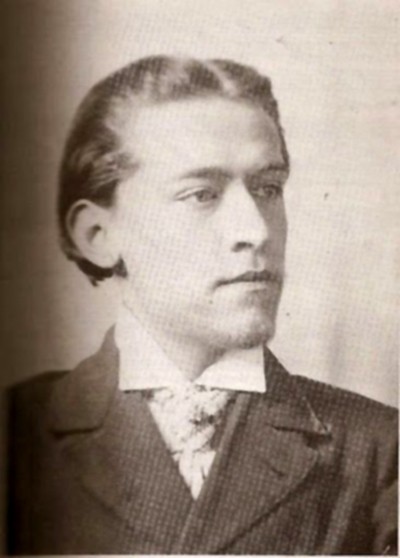
The South has always seemed a better place to me, perhaps because I was brought up on a cold grey island in a damp northern climate. Perhaps it’s partly to do with the other man’s grass being always greener but even the word “south” always struck me as full of promise. In the distant summers of yesteryear, I often used to go to the South of France, driving down the evocatively-named Autoroute du Soleil. As you head south down the motorway, you begin to notice subtle changes in the countryside and the flora as the legendary southern region of Provence becomes closer and closer.
The quality of the light begins to change too. The air is clear and the colours vibrant. Even grey stone walls seem to have richer tones than those of the north. It’s easy to understand why the South of France attracted so many artists during the last quarter of the nineteenth century onwards. Describing Antibes, the painter Claude Monet wrote, “How beautiful it is here, so clear and pure in its pinks and blues.” The post-impressionist Paul Cézanne spent many years painting the landscapes around his home in Aix-en-Provence and many others were seduced by that magical southern light. Most of the top artists showed up sooner or later, among them Vincent Van Gogh, Paul Gauguin, Pablo Picasso, Georges Braque, Henri Matisse, Raoul Dufy and Paul Signac. Pierre Bonnard lived in a hillside villa above Cannes, Matisse settled in Nice and Picasso chose to live in Antibes and Juan les Pins. The Russian painter Marc Chagall moved to St. Jean Cap Ferrat, captivated by the blue light and the seascapes.
Composers too became fascinated with what the south of has to offer. After all, it had a long musical tradition, beginning with the twelfth century troubadours, those wandering composer-performers who created a legacy of songs about chivalry and courtly love. The nineteenth-century composer Charles Gounod spent three months in Provence absorbing local colour for his opera Mireille and Puccini set his opera La Rondine on the Riviera. Darius Milhaud wrote a colourful suite called Suite Provençale but perhaps the composer most readily associated with the South is one who had deep family roots in the Auvergne.
Joseph Canteloube (1879-1957): Bailèro (Chants d’Auvergne). Lei Xu (sop), Shanghai Philharmonic Orchestra cond. Liang Zhang (Duration: 07:04; Video: 1080p HD)
Canteloube’s family had lived in the Auvergne for generations. Lying in the south-central region of the country, the land and its culture was a life-long inspiration to him. The Songs of the Auvergne date from between 1923 and 1930 and they’re a collection of attractive, colourful folk-songs arranged for soprano and orchestra.
There are five sets of songs, each consisting of between six and eight separate numbers. The lyrics are in a dialect of the local language known as Occitan or Langue d’Oc. Canteloube was fluent in the language and used it for the libretto of his opera Le Mas (“The Farmstead”). The language gives its name to the vast geographical area known as the Languedoc, which sweeps across the South of France.
Probably the best known of the songs is the beautiful Bailèro (subtitled Chant de bergers de Haute-Auvergne) which has been recorded countless times. Even if you don’t recognise the title, the pastoral, lyrical melody is sure to be familiar.
Many of the other songs in the collection are equally rewarding, characterized by Canteloube’s brilliant and colourful orchestration. Strangely enough, there doesn’t seem to be a video performance of the entire work on YouTube. But if you are satisfied with an audio-only recording, the performances by Netania Davrath and Victoria de los Angeles are legendary.
Georges Bizet (1838-1875): L’Arlésienne Suites 1 & 2. Royal Stockholm Philharmonic Orchestra cond. Nathalie Stutzmann (Duration: 37:01; Video: 480p)
Alphonse Daudet’s play L’Arlésienne is usually translated as “The Girl from Arles” and refers to the ancient town in the South of France lying on the banks of the River Rhône, not far from the Mediterranean. Vincent van Gogh lived in Arles for a short time in the late 1880s.
Daudet’s play, despite the fine incidental music by Georges Bizet (BEE-zay) was not particularly successful when it was performed in 1872 at the Vaudeville Theatre in Paris and the show closed after only twenty-one performances. Fortunately, the musical score was converted into two orchestral suites which have become known world-wide. Both suites include a fairly prominent part for alto saxophone, which was enjoying popularity in classical music at the time.
The first suite is the better-known and was written by Bizet himself, while the second one was completed after his death by his close friend, Ernest Guiraud. Each suite contains four movements, which include Bizet’s own themes as well as several genuine folk melodies from southern France. The Spirit of the South is alive and well in this colourful, exuberant music.
 |
 |
 |





